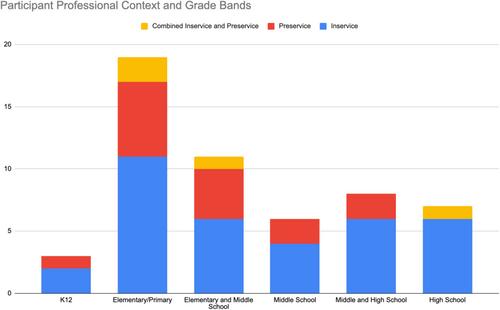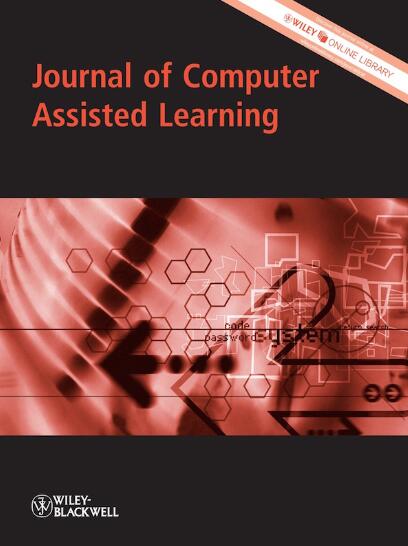Getting a grip on how we talk about computational practices in science in settings of teacher learning
Abstract
Background
Science teachers' understanding of the roles of computing practices in science frame how they enact scientific computational practices in their teaching and how their students perceive the relationship between computational practices and scientific endeavours.
Objectives
This critical, integrative review synthesizes teacher learning literature about the role of computational literacy and computing practices in K-12 science teaching.
Methods
We examined 54 peer-reviewed articles and analysed the ways the researchers and teacher participants describe the affordances of integrating computational thinking (CT) and other computational practices in science. We characterize how CT and computational practices are framed in relation to scientific learning goals. We identify six primary affordances for integrating computational practices with science that are conveyed to teachers and by teachers, as represented in these studies of teacher learning.
Results and Conclusions
These six perspectives include (1) learning computer science principles, (2) developing CT dispositions, (3) engagement and inclusion in science, (4) taking ownership of science, (5) supporting learning science content, and (6) participating in computational practice as a form of scientific epistemic practice. Our analysis indicates that computational thinking and computational practices are often integrated in science in order to teach something about computing (e.g., Perspective 1), rather than to support learners' scientific work. Only the 29 articles coded for the sixth perspective—that is, in service of epistemic aims in science—demonstrate commitment to students' uses of computational ideas and practices as epistemic tools to participate in the sensemaking work of science.
Takeaways
Comparison of Perspectives 5 and 6 illustrates the nuance between computational practices in science that reify something students have already “figured out,” rather than those that serve epistemic goals. Perspective 6 encapsulates the deep synergy among (1) the reflexive nature of computing with scientific ideas and (2) computing as a central practice in science and engineering. We contend that a more focused message of computational practices in service of scientific sensemaking goals is necessary if we expect teachers to enact CT and related computational practices in their classrooms.


 求助内容:
求助内容: 应助结果提醒方式:
应助结果提醒方式:


